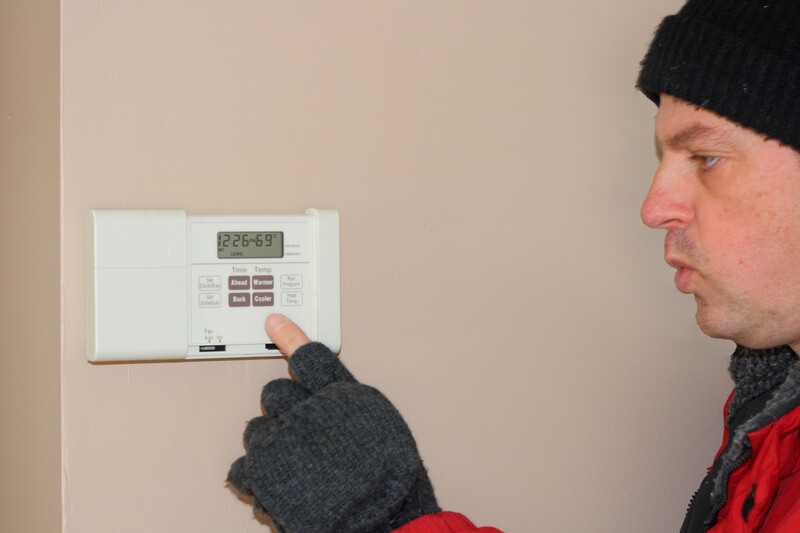Air Balancing and How to Avoid Hot and Cold Spots
Air Balancing and How to Avoid Hot and Cold Spots in Your Home in Mansfield, Ohio
From the point of view of a HVAC technician, air balancing involves the constant testing, adjustment, and re-adjustment of the system unless the air is balanced.
For a homeowner, it involves hitting the right balance of warmth and coolness to ensure that your home is comfortable. Rather than seeking a HVAC technician, many homeowners may want to accomplish this via a DIY approach. In this piece, we are going to go over how homeowners can master air balancing and avoid hot and cold spots via a DIY approach.

1. Strategically Open and Close Your Register
In terms of strategically opening and closing your register during warm temperatures, one can be best served by opening registers on the first floor and doing a partial closure of your register on the basement or first floor.
2. Check Filters to See If They Are Clean
A clean filter will lead to enhanced air quality. One must be very thorough about cleaning the debris in the filter. Other benefits of a clean filter include enhanced efficiency in the furnace. Additionally, a dirty filter is a common reason for the breakdown of a HVAC system.
3. Install Windows Coverings for Heat Prevention
A room will become unbalanced in terms of air quality amazingly fast if the windows do not have proper coverings such as drapes and blinds. During cool periods, the energy efficiency that windows coverings can bring will help a home in its efforts to achieve air balance.
4. Avoid Placing Electronics Near the Thermostat
Homes can become unbalanced in terms of air if large electronics are left under the thermostat. Large screen TVs, computers and other electronics can end up changing the way that the heat is distributed within the room. Homeowners can pick this up very quickly with an A/C. An air conditioner is particularly good in picking up whether large appliances is throwing a curveball into the air balance of the room.
5. Be sure the thermostat fan setting is turned to ON.
For an effective air balance, the ON button is preferable. The continuous blowing of the fan will need to be steady to achieve air balance. The auto segment is a less desirable option as one risks an increased chance of air stagnation in the room. For increased comfort, the ON option is best.



